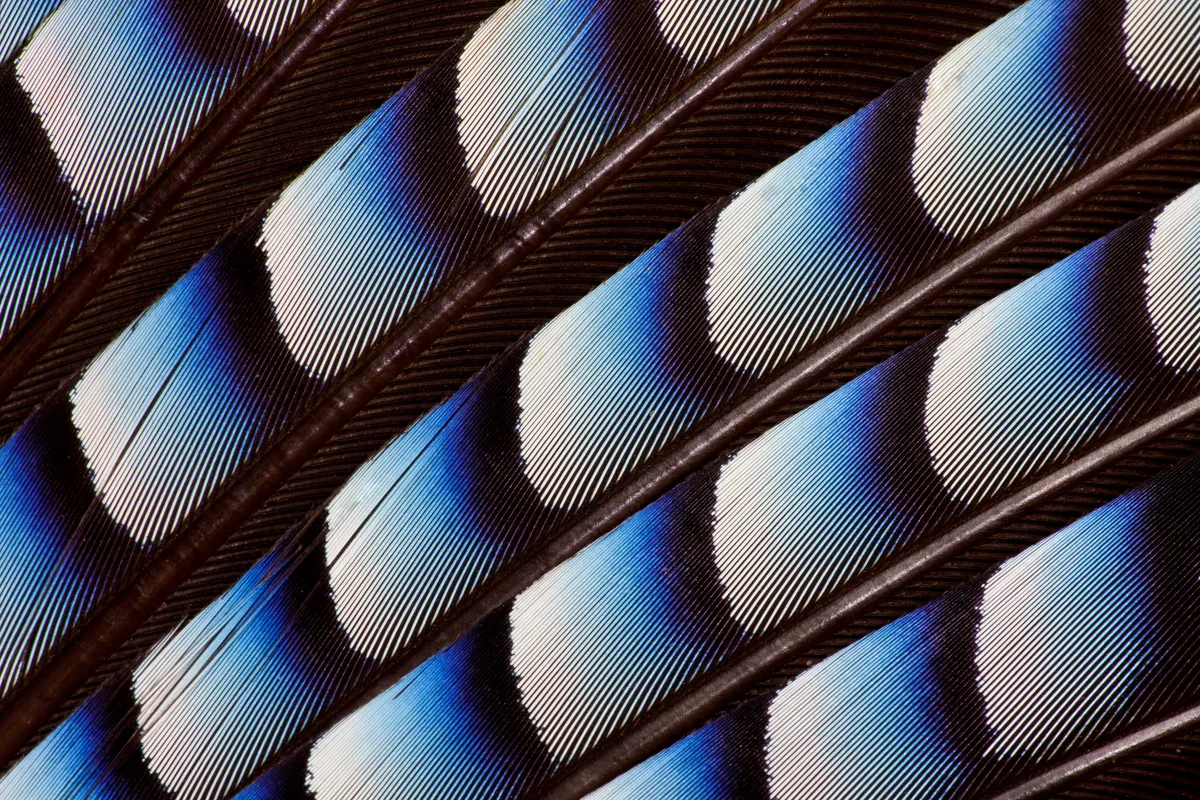Given that they contain the biological molecules and machinery required by all life forms, it’s ironic that cells were named after empty spaces.
When the 17th-century polymath Robert Hooke looked down a microscope at the structure of cork, its repeating units of spaces reminded him of the sleeping quarters in a prison or monastery. Hooke called those units ‘cells’, from the Latin for ‘little rooms’.
Is all life made of cells?
It depends on how you define life! Viruses aren’t made of cells, but some biologists consider them alive. A virus can’t replicate without using a host cell, though, so we can sidestep the philosophical discussion of “What is life?” and say all life uses cells.
Life forms that are made of cells are called organisms. They’re either unicellular (single-celled) – bacteria, for example – or multicellular. Unicellular organisms must do all the work needed to sustain life, but multicellular life forms can have a body with a division of labour: different types of cell play specific roles in the organism.
What do cells have in common?
Every cell has a fatty membrane that establishes its boundary and controls which substances go in or out of its watery internal fluid, the cytoplasm. A cell will almost always contain genetic material, too.
What’s the difference between eukaryote and prokaryote cells?
The biggest distinction between cells is how they hold genetic material. In eukaryote cells, the DNA is enclosed with a ‘nut’ or envelope called the nucleus (hence eukaryote meaning ‘true nut’ in Greek). Meanwhile, in prokaryote cells – bacteria and archaea, descendants of life forms that didn’t evolve to have a nucleus – the DNA floats freely in the cytoplasm (prokaryote means ‘before nuts’ in Greek).
Eukaryote cells are more complex because they’re organised into compartments with structures known as organelles (‘little organs’) with separate functions, analogous to the organs of a body – as in energy-generating mitochondria that breathe oxygen like lungs.
A cell’s contents vary depending on a cell’s function. Many contain something like muscle and bone – the cytoskeleton – for shape, support and internal movement. Other cells (such as plant, fungi and bacteria) may be surrounded by rigid cell walls.
How do cells divide?
Prokaryotes duplicate genetic material then simply split in two by binary fission. But in eukaryotes, cell division is often complicated by having DNA distributed among numerous pairs of chromosomes, which are packaged inside the nucleus and have to be aligned before they’re copied.
Eukaryote cells divide by either mitosis or meiosis. Mitosis involves one round of division, meiosis involves two rounds.
Meiosis is the process that creates sperm or eggs and, because their DNA isn’t duplicated during the second round of cell division, they end up with unpaired chromosomes. These combine into new pairs via sexual reproduction, when the cells from each parent fuse to form an embryo.
How can one cell develop into so many different types?
Incredibly, a single-celled embryo repeatedly divided to form everything from your brain to your belly button. The path to making distinct cell types (differentiation) is like a plant whose stems represent stem cells with the potential to give rise to leaves, the specialised cells.
Embryonic development seems more amazing still when you consider that different cells (over 200 types in a human body) carry the same genetic instructions. As a cell divides, it reads genes to make proteins, which determine its features and behaviour. That can even cause a cell to ditch its DNA: in humans, after making the oxygen-carrying protein haemoglobin, a red blood cell will use a weird kind of division to pinch off its nucleus and make space to pack in more haemoglobin.
Are any body parts not made of cells?

Loads! The most apparent are parts such as feathers and scales, claws and hooves, which come from the integumentary system – an animal’s skin and appendages – and are partly composed of the protein keratin. Even when an organism isn’t made entirely of cells, they’re mostly made by cells.
Main image: Plant cells under a microscope, using coloured dyes. © Fernan Federici/Getty
